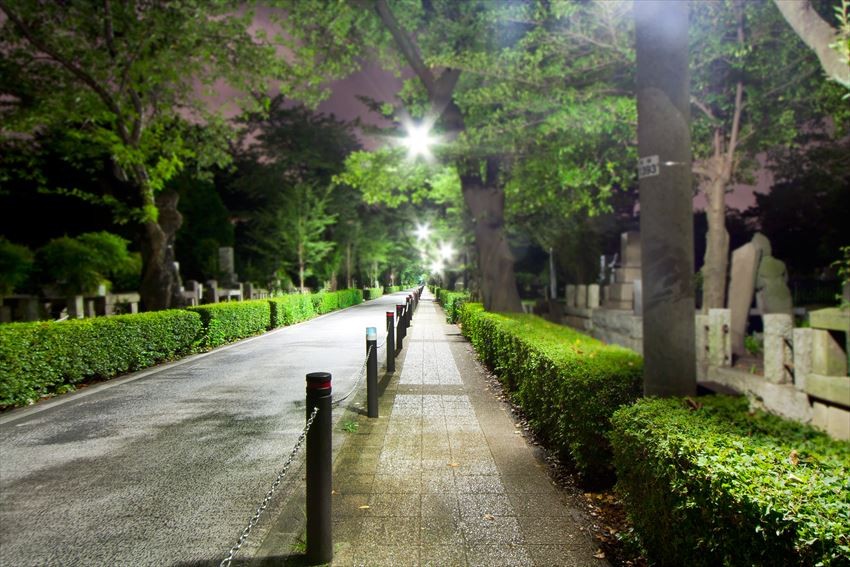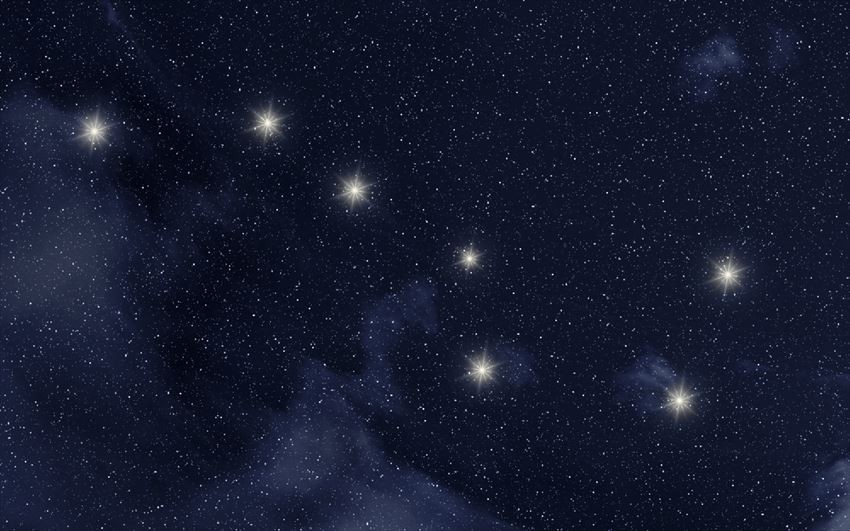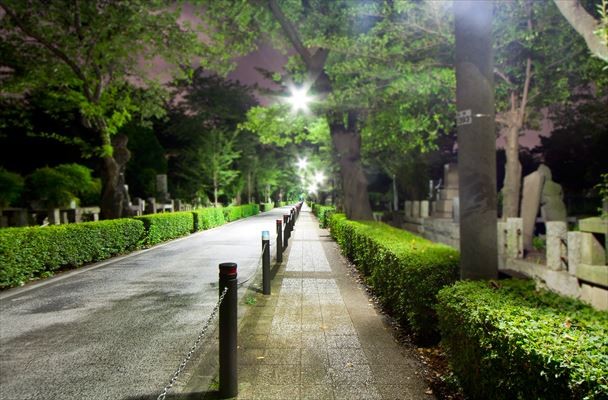
Can the dead protect the living from beyond the grave? Can celestial being bring fortune? In this installation, we focus mostly on Edo-Tokyo and the legends around the sacred sites. Some are rather… disturbing. So, read on, if you wish to know, but if you plan to visit certain places, try your best not to offend the spirits there…
The Edo Barrier: Four Celestial Guardians (江戸結界:四神相応)
When Tokugawa Ieyasu won the battle of Sekigahara and formed the shogunate government, he consulted with Tenkai (天海), a Buddhist monk well versed in the arts of Fengshui, Divine Writing and others that can qualify him as an Onmyōji. Tenkai chose Edo to be the base of operation for the new shogunate government with one special criterion: The Four Celestial Guardians.

- To the east runs a river of Blue Dragon (青龍)
- To the west runs a path of White Tiger (白虎)
- To the south lies a water of Vermillion Bird (朱雀)
- To the north lies a mountain of Black Tortoise (玄武)
This criterion was used for the building of Chang-an city in China as well as Heian-kyō (Kyōto) in Japan. However, for Edo, it was rather forced if you look around Tokyo, or then, Edo:
- East of Edo is Hirakawa River (平川)
- West of Edo is Tokaidō Road (東海道)
- South of Edo is Edo Bay (江戸湾)
- North of Edo is Mount Fuji (富士山)…
Yes, the last part is rather not true, since Mount Fuji is 112 degree off from being directly north of Edo. So... at time the maps were distributed to make Mount Fuji being North to the people of Edo, as to make people believe and the barrier to be effective.
The Tokyo Barrier: The North Star

Yes, it is the same seven stars from “Fist of the North Star” (北斗の拳) that originated the meme “You’re already dead” (お前はもう死んでいる). But unlike the anime, Northern Stars or Big Dipper are parts of constellation Ursa Major. This plays upon the idea that certain Ancient Wonders were built as an image of constellation; Orion’s Belt for the Pyramids of Giza, and Draco Constellation Angkor Wat Temple. In Tokyo, the following seven locations form an image of Ursa Major Constellation as well:
- Burial Mound of Taira no Masakado’s Head (平将門の首塚)
- Torikoe Shrine (鳥越神社)
- Kabuto Shrine (兜神社)
- Kanda Myōjin (神田明神)
- Tsukudo-Hachiman Shrine (筑土八幡神社)
- Mizu-Inari Shrine (水稲荷神社)
- Yoroi Shrine (鎧神社)
Unlike other urban legends, these spots were built to appease the angry spirit of Taira no Masakado (平将門) who led the revolt back in Heian period. It is believed that after his head was turned in to Heian-kyō, his head flew off on its own and wreaked havoc in Edo, before the place even become the latest capital. The seven places were all related to this legend, and coincidentally, these location forms the North Star.
Although the spirit has calmed down, there are still mysterious deaths for those who disturbed his resting place even in the recent years… So, I do not recommend visiting the Burial Mound, unless you are sure to be polite, respectful, and apologize in advance.
To top that off, there is another rumor that five following locations were built to seal his spiritual power from causing harm to the people, just in case…
- Yasukuni Shrine (靖国神社) - A shrine built for the spirits of those who died at wars.
- Yanaka Cemetery (谷中霊園) - A Shinto graveyard built during 6th Meiji Year.
- Zōshigaya Cemetery (雑司ヶ谷霊園) - A Shinto graveyard built during 6th Meiji Year.
- Tsukiji-Honganji Temple (築地本願寺) – The largest graveyard for commoners in Edo
- Aoyama Cemetery (青山霊園) - A Shinto graveyard built during 6th Meiji Year.
These five locations form a reinforced door like a lid to seal the coffin, with Yasukuni Shrine at the center. Coincidentally, all the locations are graveyards, believing to borrow the powers of the dead to counter the spirit of Taira no Masakado. Notice that three of them were built at the same time, and Yasukuni was the last location built.
I think the legend of Taira no Masakado and the destruction he has caused after his death deserves an article of its own, so…maybe next time?

Comments